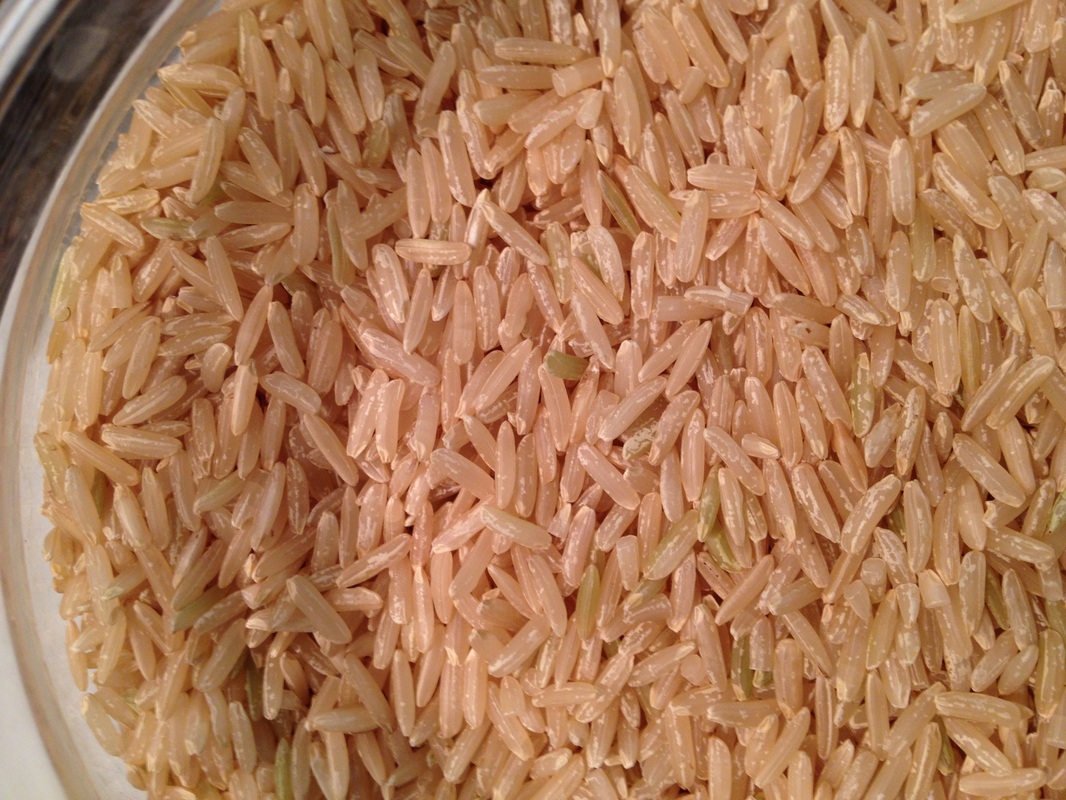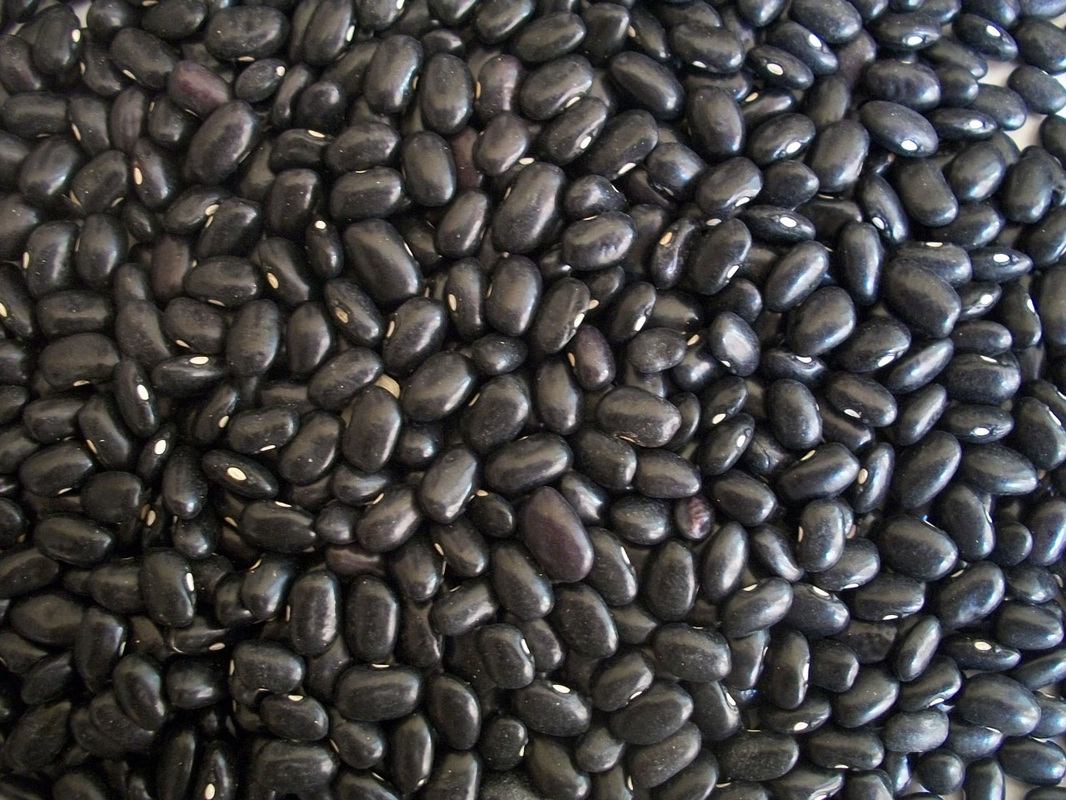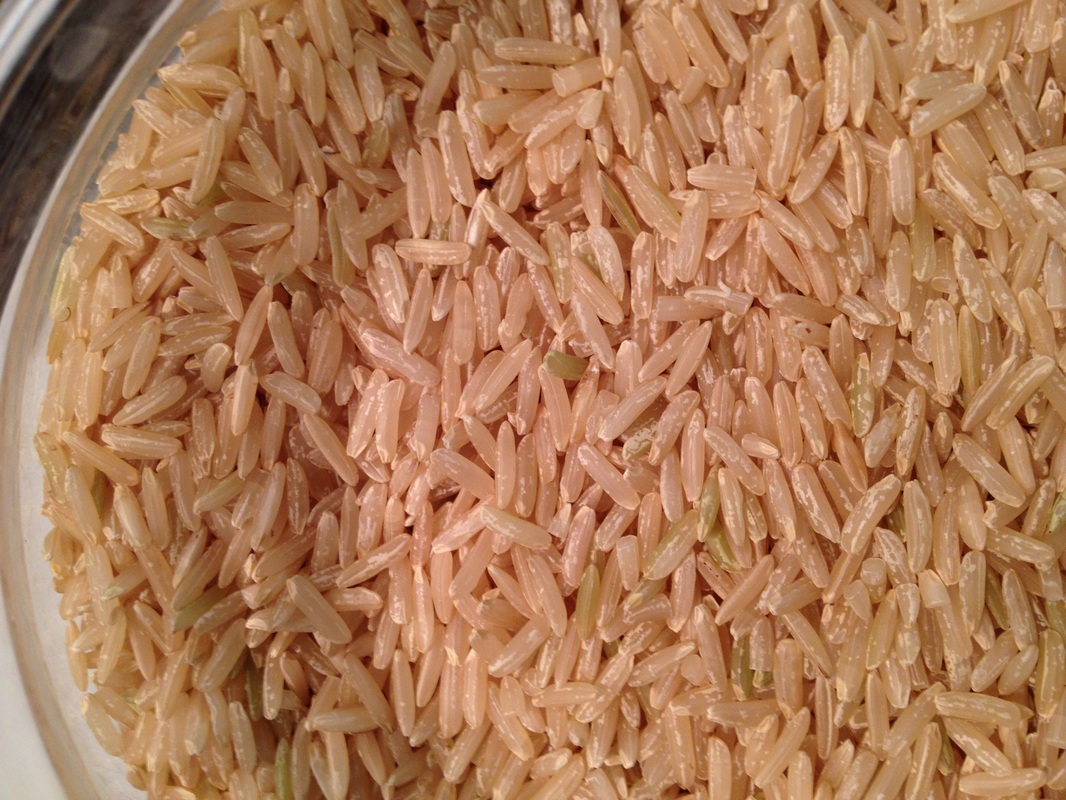
So, what is arsenic and should we be concerned?
Arsenic is naturally found in our soil (1). It is an element and can be found in many minerals (1). There are two forms of arsenic- inorganic (which is of more concern) and organic.
Arsenic can be found in pesticides and fertilizer and can leech into the air. From there it can wind up in the soil and water. Many people have heard about arsenic in drinking water. However, research is now finding that many people are also exposed to arsenic in food. This is a concern as arsenic is a carcinogen, and as more foods (especially those containing rice) are found to contain arsenic our exposure increases.
Now why is rice getting the headlines for arsenic? Rice absorbs it more readily than many other plants (2). Rice is also grown in water that can have high amounts of arsenic in it. As a result, rice can have 10 times more arsenic than other grains (3).
Are some varieties of rice safer than others? According to Consumer reports white basmati rice from California, India and Pakistan as well as sushi rice from the US have less of the inorganic type arsenic than other types of rice (2). Brown rice, which still contains the outer layer of the grain, actually seems to have 80 percent more inorganic arsenic than the same type of white rice. However, brown rice does have more nutrients than white rice so when you are choosing brown rice I would recommend choosing varieties from California, India and Pakistan. Organic rice does have just as much arsenic in it.
Don’t forget about other grains too. If you are eating gluten free, rice often becomes a staple; however there are other gluten free grains that would help limit your exposure to arsenic. These include amaranth, quinoa, buckwheat, millet, and polenta. Other gluten containing grains that can help limit exposure include bulgur, and barley.
Can you cook rice differently to help reduce the arsenic? Rinsing your rice before cooking may help reduce the amount of arsenic, then follow this by cooking your rice in a higher water to rice ratio- such as 6 to 1- and draining the excess water off before eating (2). This does, however reduce the nutrient content of the rice.
Does this mean I can no longer eat rice, or products with rice in them? Remember, it is the cumulative effect of eating rice-containing products; you can still consume rice.
How does this information relate to infants and children? Infants and children, especially those under 3 seem to be more vulnerable to dietary sources of arsenic (5). Because infants and children are smaller than adults and taking into account their relative hunger, it is important to eat a varied diet to help limit their exposure (3). I do not recommend starting your baby on rice cereal as their first food. There are other options for high iron foods to start your baby on. I also do not recommend using rice milk as a milk alternative for children under 5. Many products on the market aimed at toddlers contain multiple rice ingredients. These would not be good options. In addition, you do not need to buy “toddler-specific” food for your child.
So, what can you do to reduce arsenic in your families diet? Eat a variety of grains. This is beneficial for many reasons. In addition, when you buy rice, look at where it was grown. Reading product labels (including ingredients) and trying to limit products that contain rice ingredients such as rice bran, rice syrup, rice starch, rice flour, etc. can also help.
Wondering what to feed your baby as a first food instead of rice cereal? Interested in going through your families diet to help limit your exposure to arsenic? Contact Jill, Nurture The Future’s Registered Dietitian at [email protected]
References:
1 http://www.nlm.nih.gov/medlineplus/arsenic.html#
2 http://www.consumerreports.org/cro/magazine/2015/01/how-much-arsenic-is-in-your-rice/index.htm#rules
3. http://www.ewg.org/foodscores/content/arsenic-contamination-in-rice
4. http://www.niehs.nih.gov/news/newsletter/2012/3/science-arsenic/#
5. http://www.ncbi.nlm.nih.gov/pmc/articles/PMC3371583/#



 RSS Feed
RSS Feed

.png.aspx?width=150&height=150)
